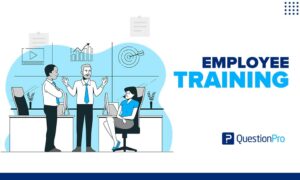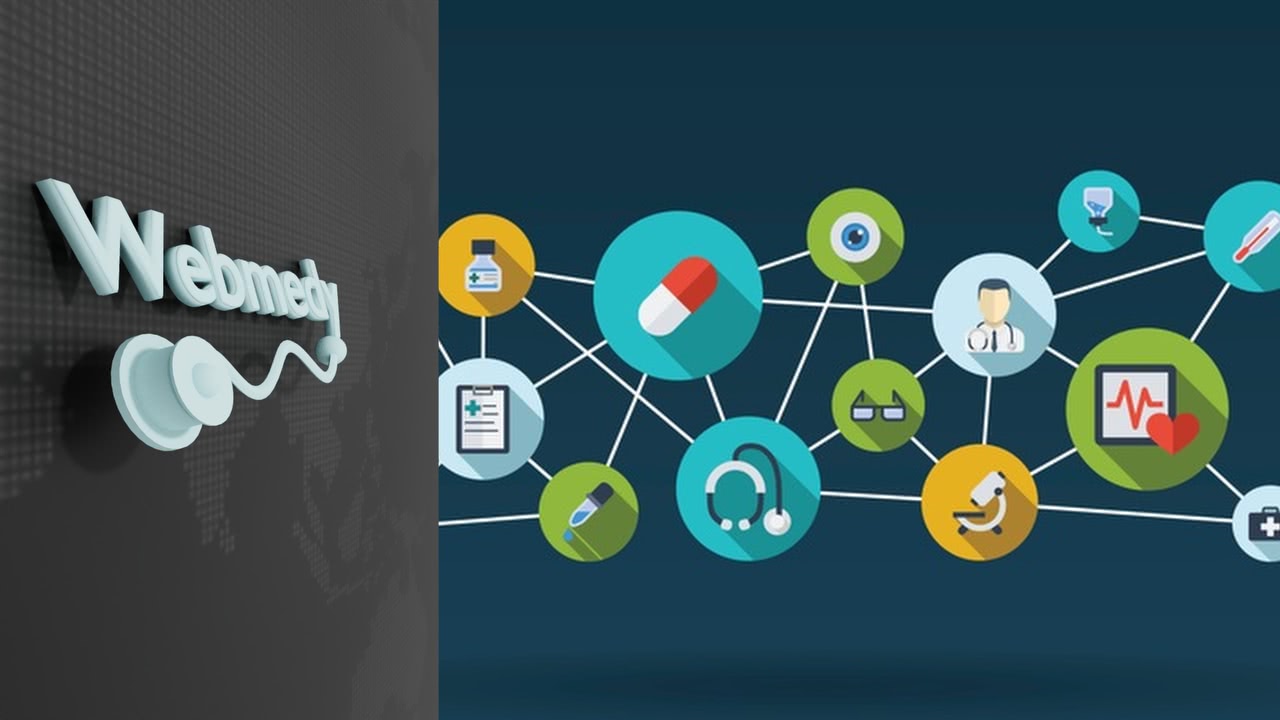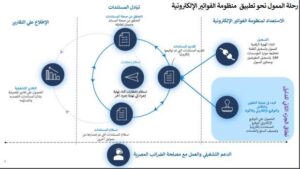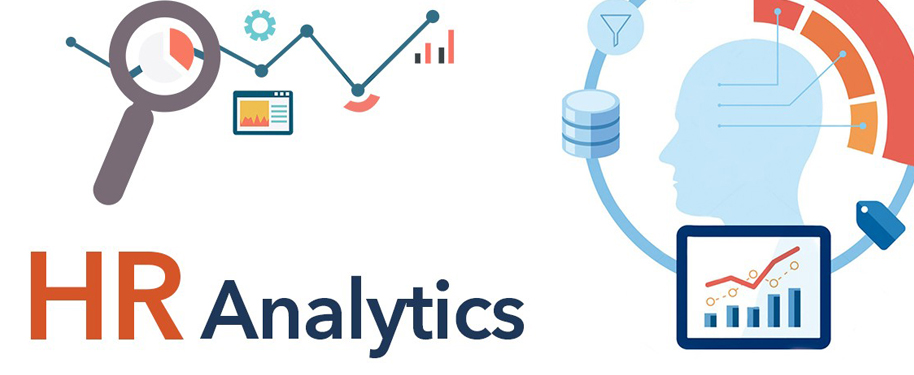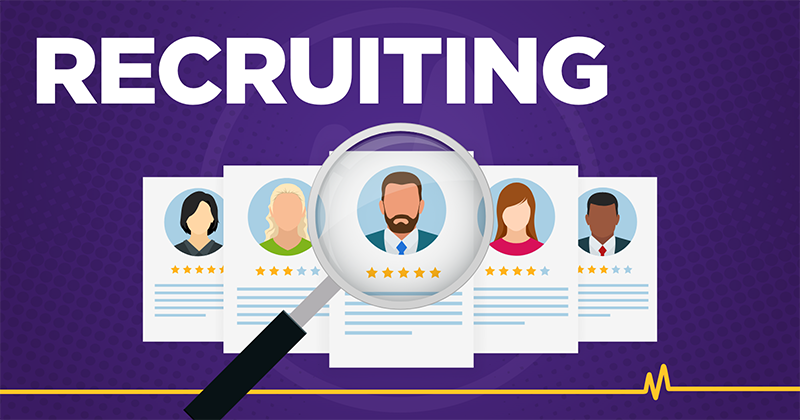Challenges in Recruitment for Small and Medium Enterprises: A Comprehensive Guide
Recruiting the right talent for small and medium enterprises (SMEs) can be a daunting task, but with the right strategies, it’s possible to overcome these challenges and build a strong team. In this guide, we’ll explore common obstacles faced by SMEs in recruitment and provide actionable solutions to help you attract and retain top talent for your business.
Understanding the Recruitment Landscape
Recruitment in SMEs presents unique challenges compared to larger corporations. Limited resources, lack of brand recognition, and stiff competition from larger firms can make it difficult to attract qualified candidates.
Navigating Limited Resources
Limited budget and manpower often pose significant obstacles for SMEs. Unlike larger companies, SMEs may not have dedicated HR teams or extensive recruitment budgets, making it challenging to compete for top talent.
Recruitment strategies tailored to the specific needs and constraints of SMEs can help maximize resources and improve hiring outcomes.
Effective Recruitment Strategies for SMEs
Despite the challenges they face, SMEs can adopt various strategies to streamline their recruitment process and attract the right candidates.
Building a Strong Employer Brand
In a competitive job market, a strong employer brand can set SMEs apart from their competitors. Highlighting company culture, values, and opportunities for growth can attract candidates who align with your organization’s mission.
Leveraging Digital Platforms
Digital platforms offer SMEs cost-effective ways to reach a wider pool of candidates. Utilizing social media, job boards, and professional networking sites can expand your recruitment reach and connect you with qualified candidates.
Offering Competitive Compensation and Benefits
While SMEs may not always match the salary offerings of larger corporations, they can attract top talent by offering competitive compensation packages and unique perks such as flexible work arrangements, professional development opportunities, and a supportive work environment.
Investing in Employee Referral Programs
Employee referral programs can be a valuable source of talent for SMEs. Encouraging current employees to refer qualified candidates can help tap into their networks and identify individuals who are a good fit for the company culture.
Overcoming Recruitment Challenges: A Success Story
To illustrate how SMEs can overcome recruitment challenges, let’s consider the case of XYZ Tech Solutions, a small software development firm facing difficulties in attracting skilled developers.
Despite limited resources, XYZ Tech Solutions implemented a targeted recruitment strategy focused on building their employer brand, leveraging digital platforms, and offering competitive compensation packages.
By showcasing their company culture and commitment to employee development on social media and professional networking sites, XYZ Tech Solutions was able to attract a diverse pool of candidates. Additionally, offering competitive salaries and opportunities for growth helped them secure top talent within their budget constraints.
Frequently Asked Questions (FAQs)
How can SMEs compete with larger corporations in recruitment?
SMEs can compete with larger corporations by leveraging their unique strengths, such as offering a supportive work environment, opportunities for growth, and competitive compensation packages.
What role does employer branding play in recruitment for SMEs?
Employer branding is crucial for SMEs to attract top talent and differentiate themselves from competitors. By showcasing their company culture, values, and opportunities for growth, SMEs can attract candidates who align with their vision and mission.
How can SMEs maximize limited resources in recruitment?
SMEs can maximize limited resources by adopting cost-effective recruitment strategies, such as leveraging digital platforms, implementing employee referral programs, and focusing on building a strong employer brand.
What are some common mistakes SMEs make in recruitment?
Common mistakes SMEs make in recruitment include neglecting their employer brand, overlooking the importance of cultural fit, and failing to offer competitive compensation packages.
How can SMEs ensure a smooth recruitment process?
SMEs can ensure a smooth recruitment process by defining clear job roles and responsibilities, streamlining communication with candidates, and providing timely feedback throughout the hiring process.
What are the long-term benefits of effective recruitment for SMEs?
Effective recruitment can lead to higher employee retention, improved productivity, and a stronger company culture, ultimately contributing to the long-term success and growth of SMEs.
Conclusion
Recruitment challenges are inevitable for SMEs, but with the right strategies and mindset, they can be overcome. By focusing on building a strong employer brand, leveraging digital platforms, offering competitive compensation packages, and investing in employee development, SMEs can attract and retain top talent, driving success and growth for their businesses.
Remember, recruitment is not just about filling positions—it’s about finding the right people who will contribute to your company’s success and culture.














